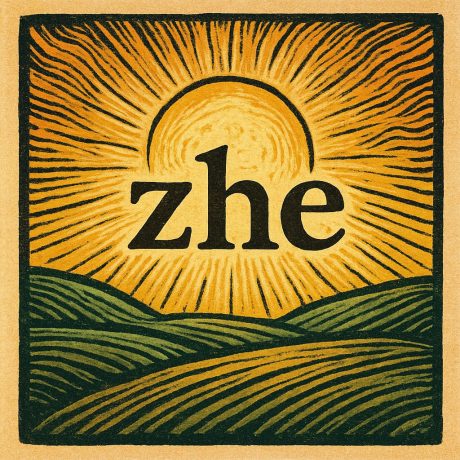
The conclusion of the trial concerning the tragic death of our student, Zhe Wang, has brought renewed sadness across our community at Goldsmiths. In the midst of the formalities of legal proceedings and the intensity of media attention, I feel it is important to pause and remember what truly matters. Zhe was not defined by the violence that ended her life. She was defined by the insight, kindness, and creativity she brought into the world and into our classrooms.
Zhe was a gifted student on the MA Creative Writing and Education, someone whose presence subtly transformed the space around her. She listened in a way that made others feel fully heard. She wrote with clarity, imagination, and a philosophical stillness that was entirely her own. She practised mindfulness not as a technique but as a way of being, and many of her classmates spoke of the calm, curiosity, and joy she brought to their shared work. Her loss continues to be felt deeply, and her peers remember her with gratitude as well as sorrow.
Her writing continues to shine with that radiance. In her poem Ode to a Foolish Bee, she captures her characteristic blend of humour, gentleness, and compassionate attention to small moments:
The exit beckons just above the pane,
yet she flits in vain, causing a strain.
A towel in my hand, the gentle guide,
trying not to harm, by her side.
In her escape, she set herself free.
The Mindfulness of Zhe Anthology, May 2024
Her reflective prose reveals the same depth of thought. In Walk, she invites readers to reconnect with the ground beneath their feet:
“The touch with the earth is the connection with life. Maybe it is time to reconnect with nature, to be conscious of every step I take.”
The Mindfulness of Zhe Anthology, May 2024
Her imaginative writing moved courageously between the everyday and the metaphysical. In Dungeon Treasure Hunting, she reflects on transformation and selfhood:
“Maybe she is me, the stone statues are me, the dungeon is me, and the treasure is also me.”
Educational Research into Creative Writing, 2023
After her death, staff and students attended a simple and deeply moving service led by the Goldsmiths Chaplain. Her family were present, having flown over from China, grieving with a quiet dignity that spoke of their profound love for her. They shared stories of her gifts and aspirations with tenderness and pride. We were supported throughout by the interpreter, Victoria Chwa, whose sensitivity helped us maintain an open and respectful connection with Zhe’s family in China.
In the months that followed, Zhe’s classmates came together to curate and publish an anthology of her writing. They completed it with extraordinary care and affection. It stands as a testament both to her talent and to the deep sense of community she fostered among her peers.
One of those peers, Maryam Ahmadi, has offered reflections on a draft of this blog post (which I sent to students who knew Zhe) that speak beautifully to who Zhe was and how she is remembered. Maryam writes:
“Thank you for putting her memory together and for writing such a moving blog post. It reminded me of Zhe’s work that we collected last year and published as her anthology. I returned to her writing and reread it carefully, and what stood out most was her love for nature, her calm and caring soul, and her gentle, attentive way of seeing life. It felt as though she were still there, present, enjoying the silence around her.”
Maryam notes that Ode to a Foolish Bee emerged from one of Zhe’s meditation practices:
“Eight Brocades 4pm–4.15pm
Meditation with mantra 9pm–9.30pm”
Ode To a Foolish Bee
A poem I wrote after the practice.”
She also shared a favourite passage from Zhe’s Hymn of the Tree, which beautifully captures her sensitivity to the natural world:
“Ah, trees!
What a symbol of life’s energy to be,
Always calm and serene.
Whispering in the early morning,
Yet I heard you cry once or more,
I put my arms around you,
Humming a tune,
I am healed. Are you?
I don’t know.”
Maryam concludes:
“There is something incredibly gentle and perceptive in the way she looked at nature, not just for beauty, but for connection and healing. I hope her memory continues to remain alive and green and grows quietly and enduringly through her words.”
Those words—alive, green, enduring—speak so strongly to the spirit of Zhe’s work. She wrote with attentiveness to the world. She treated others with kindness. She lived with quiet mindfulness and creative courage.
The legal process may have reached its conclusion, but our work now is to honour her memory in ways that feel true to the person she was. Through her writing, she continues to speak. Through our remembering, she continues to shine.
